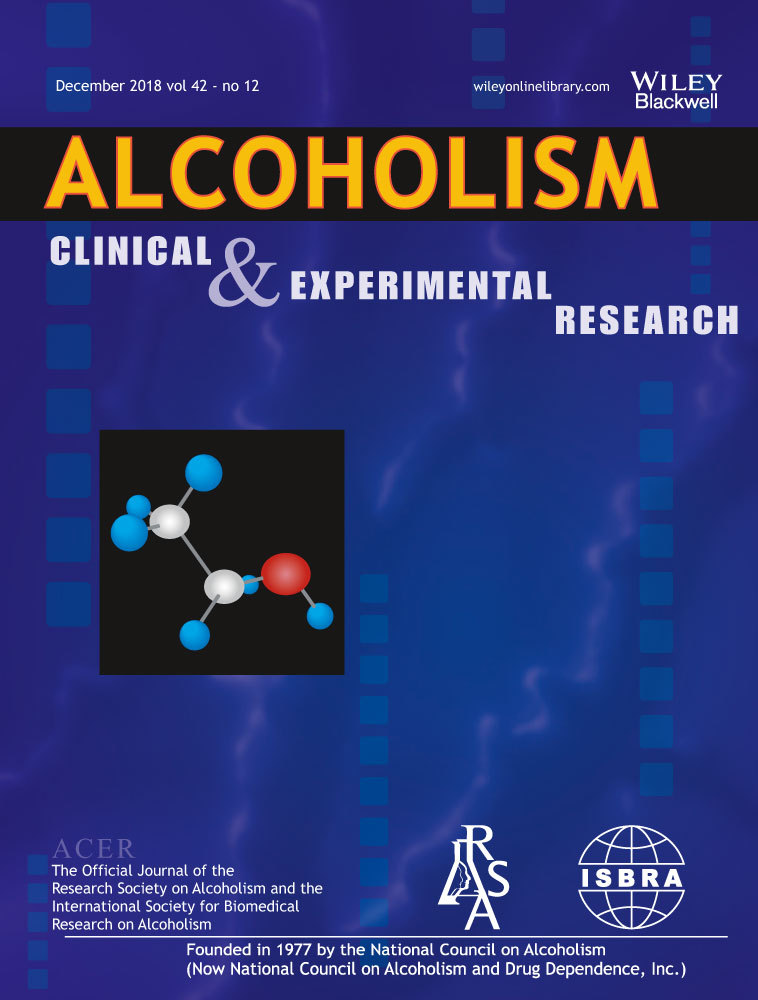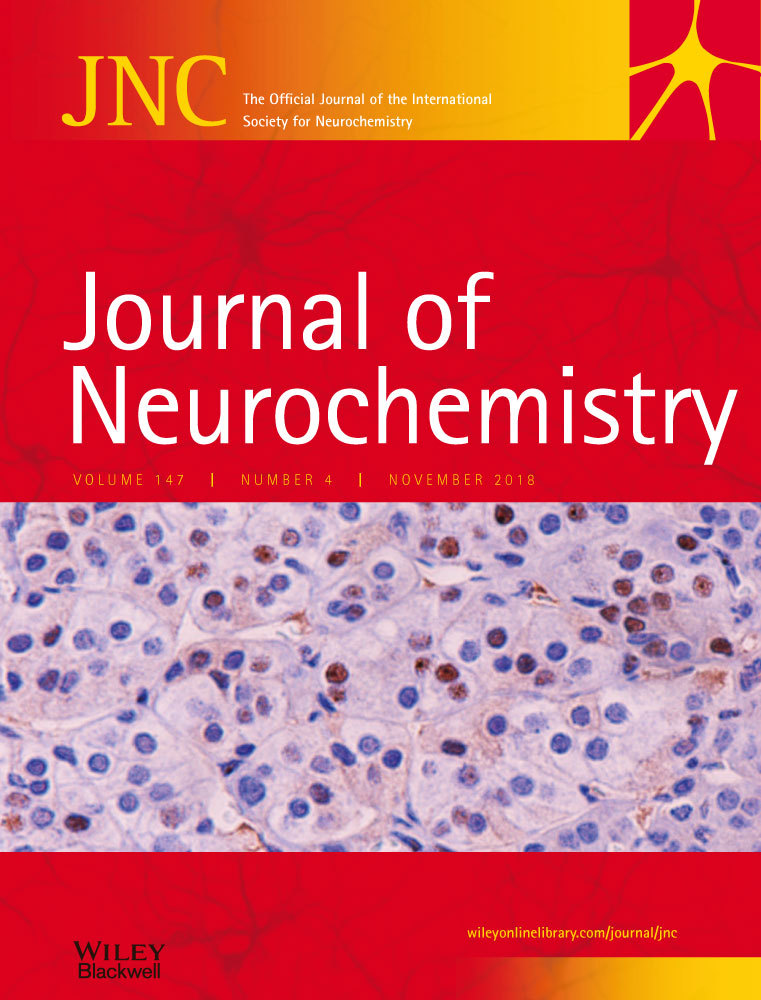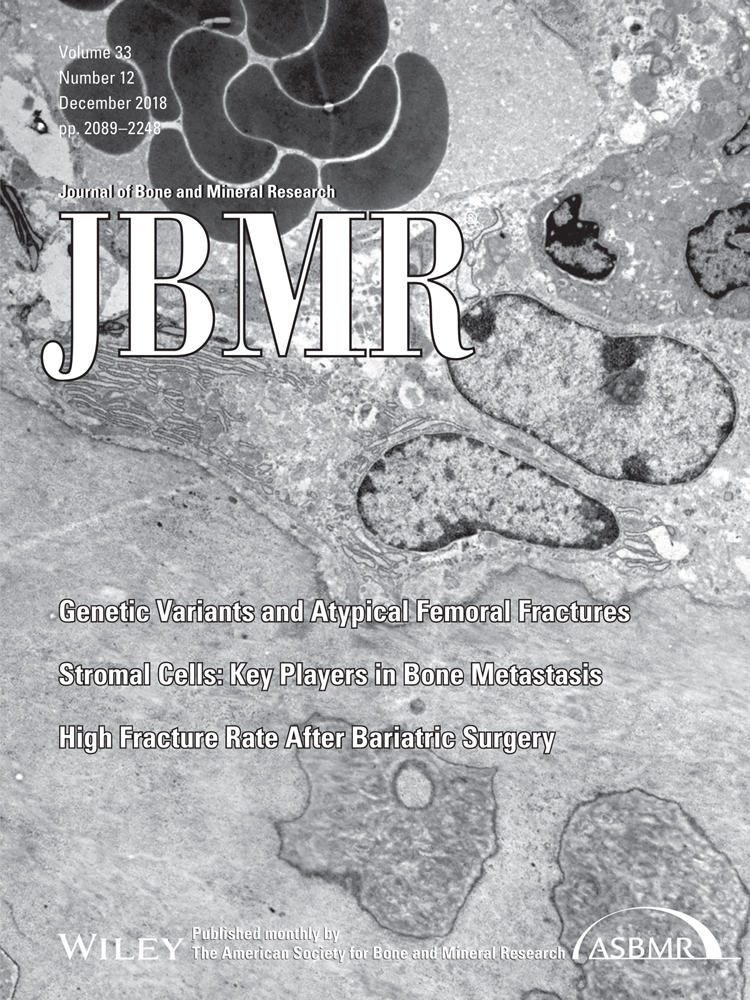
“Alcoholic gastritis, a superficial erosive disease of the stomach, is a common manifestation of risky alcohol use. In contrast, cannabis which is frequently co-used with alcohol suppresses gastric acidity and might counteract the deleterious effect of alcohol on the gastric mucosa.
RESULTS:
Our study revealed that among risky alcohol users, cannabis co-users have a lower prevalence of alcoholic gastritis compared to non-cannabis users (1,289[1,169-1,421] vs. 1,723[1,583-1,875] per 100,000 hospitalizations for risky alcohol use), resulting in a 25% decreased probability of alcoholic gastritis (aRR:0.75[0.66-0.85]; p-value:<0.0001). Furthermore, dependent cannabis usage resulted in a lower prevalence of alcoholic gastritis when compared to both non-dependent-cannabis users (0.72[0.52-0.99]), and to non-cannabis-users (0.56[0.41-0.76]).
CONCLUSIONS:
We reveal that risky alcohol drinking combined with cannabis use is associated with reduced prevalence of alcohol-associated gastritis in patients. Given increased cannabis legislation globally, understanding if and how the specific ingredients in cannabis plant extract can be used in the treatment of alcoholic gastritis is paramount. In this regard, further molecular mechanistic studies are needed to delineate the mechanisms of our novel findings not only for alcoholic gastritis but also gastritis from other causes.”
https://www.ncbi.nlm.nih.gov/pubmed/30536396
https://onlinelibrary.wiley.com/doi/abs/10.1111/acer.13930










